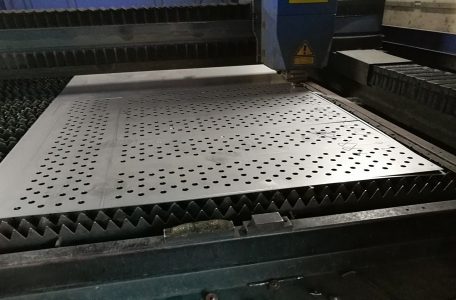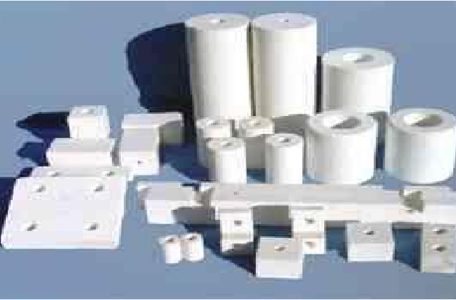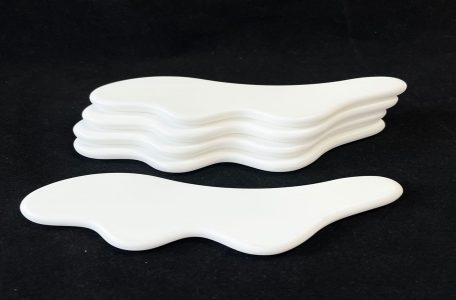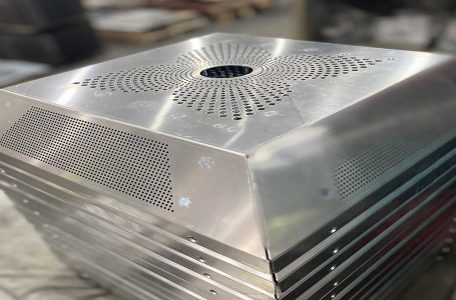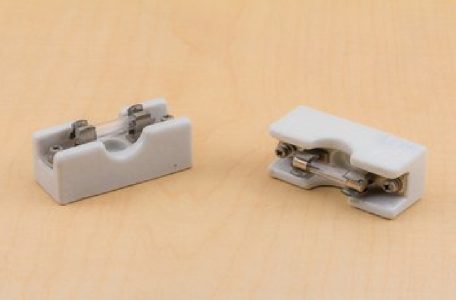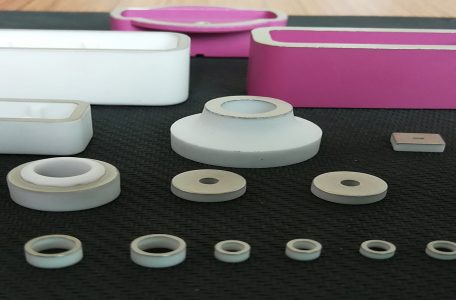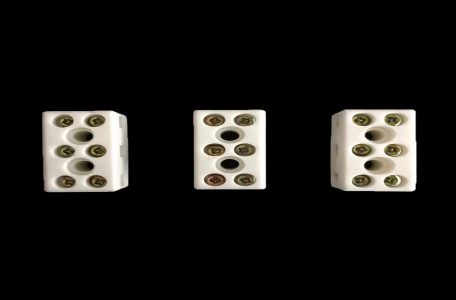alumina ceramic substrate is a kind of precision ceramic material. It is widely known because of its stable chemical and physical properties. So what are the benefits and applications of alumina ceramic substrates? Next, Pintejin Ceramics will introduce to you. Application fields of alumina ceramic substrate 1.LED power lighting. 2. High-power power semiconductor modules: semiconductor refrigerators, electronic heaters. 3. Power control circuit, power mixing circuit. 4. Intelligent power components: high frequency switching power supply, solid state relay. 5. Automotive electronics, aerospace and military electronic components. 6. Solar panel components: special switches for telecommunications, receiving systems, lasers and other industrial electronics. Alumina ceramic substrate The benefits of alumina ceramic substrates Alumina Read more
Alumina ceramics is a ceramic material with alumina (Al2O3) as the main body, which is mostly used in thick-film integrated circuits. About the basic knowledge of alumina, let Pintejin Ceramics Factory introduce to you. Alumina ceramics have good conductivity, mechanical strength and high temperature resistance. It should be noted that ultrasonic cleaning is required. alumina ceramic high temperature resistant sheet Alumina ceramic high temperature resistant sheet – high alumina content, relatively dense structure and special properties, so it is called special ceramics. Alumina ceramic high temperature resistant sheet is a close-packed hexagonal structure composed of oxygen ions, and aluminum ions are filled in two-thirds of the octahedral gap, which is Read more
The performance of zirconia ceramics is very stable. What makes it stable is that its structural system is very special. It has three crystal forms, and the three crystal forms have different densities. introduce. High-purity praseodymium oxide is white, and relatively pure ZrO) is yellow or gray. ZrO2 has stable chemical properties, besides sulfuric acid and hydrofluoric acid, it has good stability to acid, alkali and alkali melt, glass melt and molten metal. Low thermal conductivity, good thermal stability (partially stabilized ZrO2) and reduced high temperature are the most important characteristics of ZrO2 ceramics. The thermal conductivity of ZrO2 ceramics is much lower than other ceramics, it is a kind Read more
There are two main types of ceramic rods, one is zirconia ceramic rod, and the other is alumina ceramic rod. So what is the ceramic rod used for, and what are its uses? Let’s take a look. Ceramic rods have the common advantages of metal and polymer materials, and they have been paid attention to and widely used because of their many advantages, playing a very important role. The production process of ceramic rods is relatively cumbersome, and it has to go through production processes such as cutting, grinding, grinding, and polishing. However, compared with the same type of products of other materials, the demand for ceramic rods is large, Read more
Cermets are composite materials composed of one or more ceramic phases and metal phases or alloys. Ceramic phase generally refers to high melting point oxides (alumina, beryllium oxide, magnesium oxide, zirconium oxide, etc.) and refractory compounds (titanium carbide, tungsten carbide, tantalum carbide, boron carbide, zirconium diboride, titanium diboride and Tantalum diboride, etc.). The metallic phases are mainly transition elements (iron, cobalt, nickel, chromium, molybdenum, tungsten, vanadium, niobium, tantalum, etc.) or their alloys. The ceramic phase accounts for about 15% to 85% of the volume. Cermet not only has the advantages of metal toughness, high thermal conductivity and good thermal stability, but also has the characteristics of high temperature resistance, corrosion Read more
After the alumina ceramic is sintered and cooled, it does not mean the end of product machining. Some products still do not meet the application requirements, so they need to be processed, such as size correction, polishing, etc. In order to give everyone a clearer understanding, the technical staff of alumina ceramics manufacturers, today will introduce in detail, what are the polishing treatment methods of alumina ceramics? 1. Grinding and polishing by laser machining and ultrasonic machining. 2. Use Al2O3 powder or diamond paste for grinding and polishing. 3. Glazing method is required (suitable for products that require high surface smoothness). 4. Grind from coarse to fine with diamond, silicon Read more
Ceramic wear-resistant pipes, as the name suggests, are pipes made of ceramics. In life, pipes are very common in buildings and construction sites. Tubular objects are everywhere. As shown in the figure: Zirconia ceramic tube But ceramic wear-resistant tube is different from other tubes. Let’s take you into the world of ceramic wear-resistant tube by Pintejin! The full name of ceramic wear-resistant pipe is corundum ceramic lined wear-resistant composite pipe, which is a kind of ceramic composite steel pipe. It is manufactured by high-tech production process – self-propagating high-temperature clutch synthesis method. The ceramic wear-resistant pipe is composed of three layers of corundum ceramic, transition layer and steel. Because the Read more
The zirconia ceramic plunger is made of ceramic as a whole, but only part of the surface of the sprayed ceramic plunger is made of zirconia ceramics, so the performance characteristics of the two are still different. Pintejin Ceramics Factory will analyze it for you below. The high-pressure plunger pump is the core component of the high-pressure cleaner, and the plunger is the most easily worn core component in the movement, and its quality will directly affect the performance of the whole machine. According to the different materials of the plunger, the plunger can be summarized into three types: metal plunger, ceramic plunger, and porcelain-sprayed plunger. At present, the plungers Read more
my country’s national standard GB3500-83 is basically the same as the first definition, which is defined as “a sintered material consisting of at least one metallic phase and at least one non-metallic phase usually of ceramic properties”. According to this definition, dispersion-strengthened materials, sintered friction materials, and electrical contact materials containing graphite or oxides and carbides all belong to cermets. For cermets, the main issue to consider is how to combine two or more different phases to obtain a good microstructure. For this purpose the metal (alloy) phase and the ceramic phase must take into account the following conditions:There should be a certain solubility between the metal phase and the Read more
Electronic ceramics are usually made of alumina ceramics with low dielectric constant. Below, Pintejin Ceramics Factory will introduce capacitor ceramics to you. Different ceramic components have different dielectric constants, so the obtained capacitor ceramics are not nearly the same. Low frequency ceramics with semiconductor capacitors. Electronic ceramics used as capacitor dielectrics. This type of ceramics is used in a large amount and has many specifications and varieties. The main ones are high frequency, low frequency capacitor porcelain and semiconductor capacitor porcelain. High-frequency capacitor porcelain, belonging to class I capacitor porcelain, is mainly used to manufacture high-stability ceramic capacitors and temperature compensation capacitors in high-frequency circuits. The main components of such Read more

Ceramic Machining Industry
- Ceramic Flange
- Ceramic Nozzle
- Ceramic Pin
- Ceramic Plunger
- Ceramic Rod
- Ceramic Shaft/Ceramic Sleeve
- Ceramic Structure Parts
- Ceramic Valve
- Ceramics Cutter
- Electronic Ceramics
- Medical Food Ceramics
- Petrochemical Ceramics
- Photovoltaic Ceramic
- Semiconductor Ceramics
- Microporous Ceramic Suction Cup
- Lithium Battery Ceramic Pump
